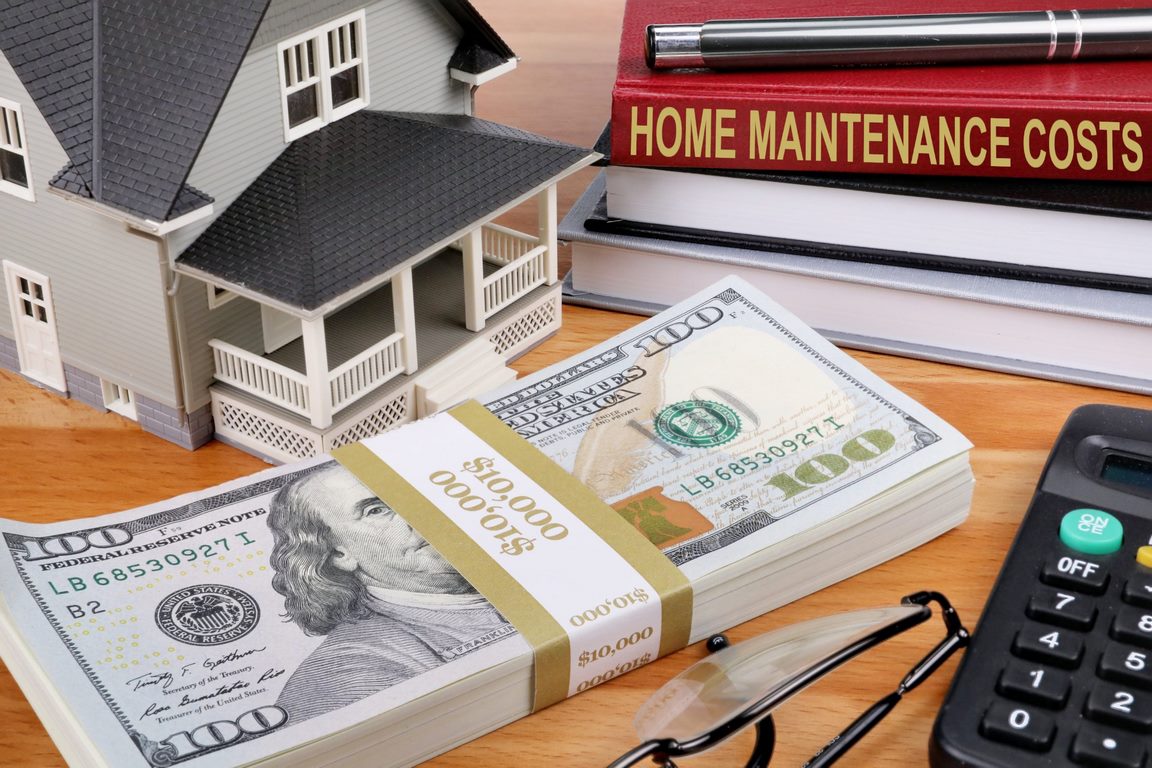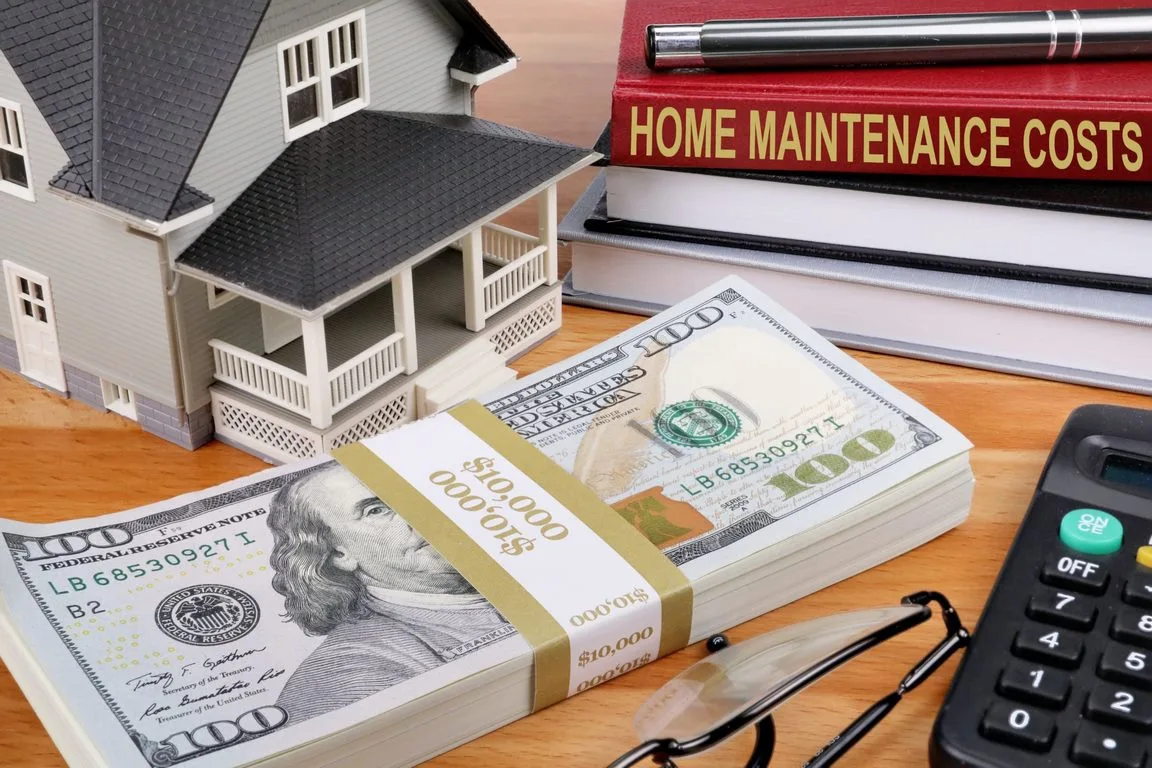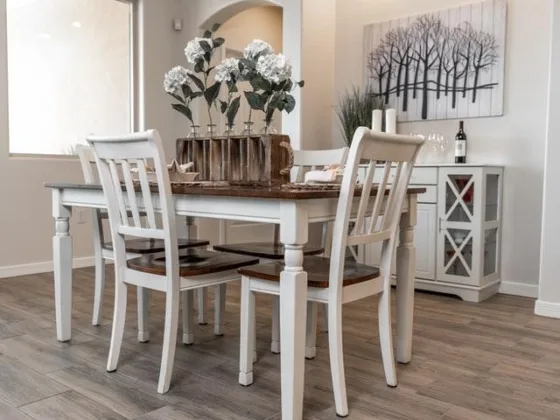Unexpected home repairs are something you have to expect with homeownership. If handled badly, they can be more expensive than mortgage and taxes.
While it’s impossible to avoid them altogether, you can always be cautious about them to minimize the numbers. This guide will help you take better care of your appliances and give you some helpful ideas for the repairs.

Maintaining a budget system for repairs is a tough task that every homeowner has to deal with. There are various rules to help you manage your funds better:
- 1% Rule
- Square footage rule
1% Rule
The 1% rule of thumb is generally considered to be a good method to manage repairs. As per the rule, you should keep aside a repair fund of 1% of your entire homes’ purchase price.
That’s a bare minimum, but depending on your property and its condition, the cost can either rise to 4% or reduce to less than 1%. The aim is to set aside a fund beforehand, so when the repairs start, you don’t scramble to budget it.
The number will always vary based on the age of your property, location, climate, and the kind of appliances you use. If your house is small and is located in an area that doesn’t receive frequent snow or rain, you might be able to get all repairs done within the allocated 1% budget.
Read Also:
Square-Footage Rule
The square-footage rule says you should save $1 for every square foot of your home. Though this rule is just as widely used, it’s better suited for homeowners who won’t mind spending a few extra bucks outside the repair fund.
The rule misses out on labor costs and service charges at times, and hence you might end up with an unexpectedly high bill for your repair costs. This rule is not concrete either.
The rates may vary depending on your location, living conditions, and property. You need not worry when lenders like CASH 1 Loans are here to help you cover such unexpected expenses.
How to Set a Budget for Specific Systems and Take Better Care of Appliances?
Having an overall budget is good, but setting aside a specific amount for particular tasks is a better way to manage your expenses. We can’t give you accurate numbers, but there’s a way to figure how much a specific house or appliances will need depending on their conditions:
- If your property is older than 30 years, expect the numbers to be at least 3% of the entire house cost.
- If it’s 10 to 20 years old, the numbers would be 2%.
- If the house is 5-10 years old, it would need at least 1%.
- Homes or properties located in humid and wet areas would require more frequent repairs than houses located in dry areas.
There’s no way to cut down on repairs, but here are some mundane ways to take better care of our homes that we all know, but often forget about in our hectic lives:
- Small issues can escalate to nastier situations resulting in higher repair costs. So, if you notice something is off, take care of it immediately.
- Make sure you are doing regular clean-ups and maintenance for every appliance and system in your house. They make sure your systems last their lifetime periods.
Conclusion
Either of the rules isn’t full-proof, or you should expect to have to spend slightly more than your calculated budget.
Although it’s tough to predict the exact amount you’d need for home repairs, with this guide, you can set aside a budget for such expenses, instead of being completely unaware of it.
We hope this guide helps you manage your funds and help you prepare a budget for your home maintenance expenses. If you are having trouble paying for such unexpected repairs, Utah Instalment Loans can make it easy to get the money you need. These are loans with a revolving line of credit.










